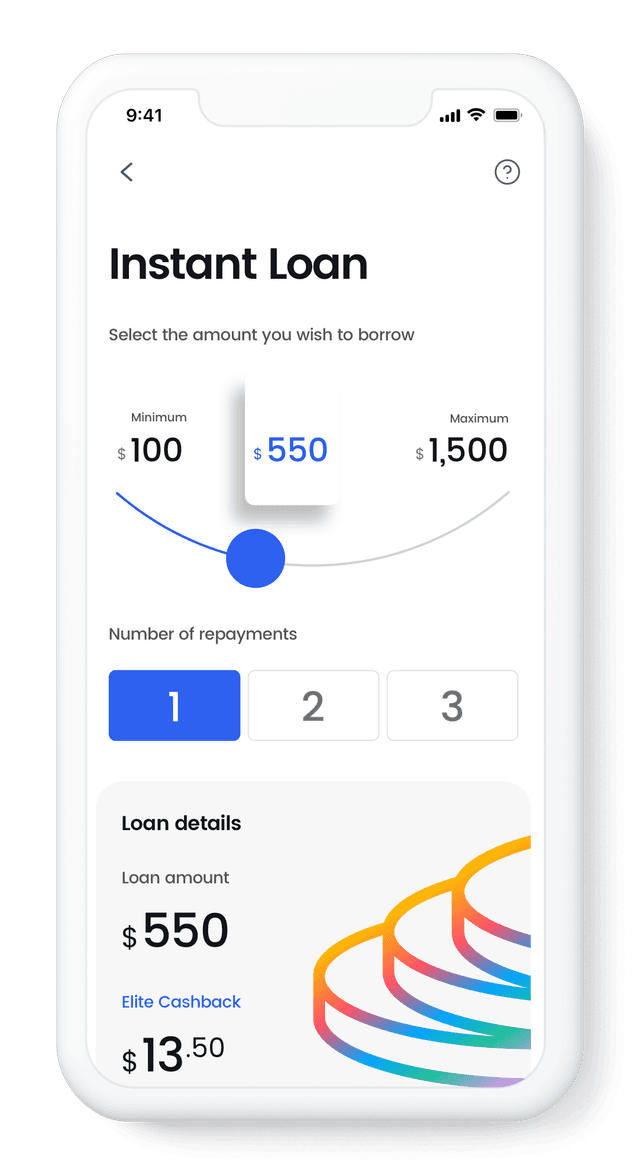If you’re like many people, it’s entirely possible you’ve had an interest in investing, but between complicated terms like "diversification" and "market capitalization," it all seems overwhelming, especially when you're focused on making ends meet.
The truth is, understanding investment basics doesn't require a finance degree or a large bank account to start. Even with modest income, grasping these fundamentals can help you take small steps toward financial growth, and this blog aims to help you out with the basics to get you started on your investment journey!
Understanding Stocks
Having stocks is kind of like owning small pieces of a company. When you buy a stock, you're purchasing a tiny slice of that business. It could be anything, such as a household name like Shopify or TD Bank. At that point, you become a shareholder, and you're entitled to a portion of the company's profits and assets.
How Do Stocks Make You Money?
Stocks can generate returns in two main ways:
Dividends: Some companies share profits directly with shareholders through regular payments called dividends. Think of these as your "thank you" for investing in the company.
Capital appreciation: If the company grows and becomes more valuable, the price of your shares increases. You make money when you sell your shares for more than you paid.
Types of Stocks
Depending on what you want, and how much risk you’re willing to take on, there are different options available:
Blue-chip stocks: These come from large companies like Royal Bank of Canada or BCE Inc. These tend to be more stable but offer slower growth.
Growth stocks: These are companies expected to grow faster than average, like smaller tech firms. These offer higher potential returns but come with greater risk.
Value stocks: Companies that appear underpriced compared to their fundamentals. These are like finding items on sale.
Penny stocks: These are very cheap stocks that usually trade for less than $5 per share. They often come from small companies and can be extremely risky. While some people hope to find the next big company when it's just starting out, many penny stocks lose value or even become worthless. These are like lottery tickets - exciting but rarely pay off.
Risk Level
Stocks usually have higher risk than bonds but also offer potentially higher returns. The stock market fluctuates daily, so your investment value will go up and down.
Getting Started with Stocks in Canada
Today, thanks to the internet, it’s super easy for anyone to buy stocks. Canadian discount brokerages like Questrade and Wealthsimple Trade allow you to buy stocks online with minimal fees. Some platforms even let you start with as little as $1 through fractional shares.
Understanding Bonds
When you buy a bond, you're essentially lending money to a government or company. In return, they promise to pay you interest and return your principal (original investment) by a specific date.
How Do Bonds Work?
You purchase a bond at a certain price (face value).
The issuer pays you interest (known as the coupon rate) at regular intervals.
When the bond reaches its maturity date, you receive your original investment back.
Think of it like lending $100 to someone who promises to pay you $5 each year for 10 years, and then return your $100 at the end.
Types of Bonds
Government bonds: Issued by the Canadian government or provinces. These are generally the safest option, but offer lower interest rates.
Corporate bonds: These are issued by companies. They may pay higher interest than government bonds, but come with more risk.
Municipal bonds: Issued by local governments for public projects. However, these are less common in Canada than in the U.S.
Risk Level
Bonds are usually safer than stocks because the issuer is legally obligated to repay you. That being said, the keyword here is “usually” because there is still some risk involved. For example, if a company goes bankrupt, there’s little you’ll be able to do to recover your money.
Investing in Bonds in Canada
You can buy individual bonds through a brokerage account, but many Canadians access bonds through bond ETFs (Exchange-Traded Funds) or mutual funds, which we'll discuss shortly. These allow you to invest in a diversified collection of bonds with smaller amounts of money.
Canadian government bonds typically require a minimum investment of $5,000, but bond ETFs can be purchased for the price of a single share (often $20-$50).
Understanding Mutual Funds
Now, let’s get into the world of mutual funds. When you invest in a mutual fund, your money is combined with other investors' money and managed by financial professionals who decide what to buy and sell.
Benefits for Beginners
Let’s start by looking at what the potential benefits for beginners are when it comes to mutual funds:
Diversification: Your money is spread across many investments, reducing risk. It's the opposite of “putting all your eggs in one basket,” as the saying goes.
Professional management: Since all the investment decisions are made by experts, it’s great for beginners who aren’t financially savvy.
Types of Mutual Funds
Stock funds: These funds buy stocks from many different companies. They aim to grow your money over time, but they can go up and down a lot.
Bond funds: These funds buy bonds from different companies or governments. They focus on giving you steady income and are usually less risky than stock funds.
Mixed funds: These funds buy both stocks and bonds. They try to give you some growth while keeping some safety too - like getting the best of both worlds.
Index funds: These funds simply try to match the performance of the whole market instead of trying to beat it. They buy all the stocks in a popular list (like Canada's top 60 companies) and usually charge less money to manage your investment.
Fee Considerations
Mutual funds charge management fees (MERs), which can significantly impact returns over time. Canadian mutual funds typically charge anywhere from 1% to 2.5% annually, while index funds and ETFs often charge much less (0.1-0.7%).
Now, sure, a 2% fee might seem small. But look at it like this. On a $10,000 investment growing at 6% annually, this fee would cost you over $9,000 in 30 years! That’s why paying attention to the percentage you’re being charged is very important.
Getting Started with Mutual Funds
Many Canadian banks and investment firms offer mutual funds with minimum investments of $500-$1,000. Some may even allow you to start with as little as $25 through pre-authorized contribution plans. Again, robo-advisors like Wealthsimple or Questwealth Portfolios can help you with professionally managed portfolios of low-cost ETFs with no minimum investment requirements.
Getting Started with Limited Funds
A common misconception is that you need to invest thousands of dollars right away. That’s certainly not the case. Here are some practical ways to start small on your financial journey, even if you have limited funds.
Micro-investing apps: Platforms like Moka (formerly Mylo) round up your purchases and invest the spare change.
Regular contributions: Set up automatic transfers of even $25 or $50 per month to your investment account. Every little bit counts!
Tax-advantaged accounts: Use TFSAs (Tax-Free Savings Accounts) to grow investments without paying tax on the gains.
Employer programs: If your employer offers RRSP matching, you should definitely take advantage of this. It's essentially free money!
Remember, the balance between paying down debt and investing depends on your situation. High-interest debt (like credit cards) should usually be prioritized, while you might balance lower-interest debt repayment with some investing.
Building Your Financial Future: One Step at a Time
Building financial stability isn't an overnight process (as much as we all wish it could be). It's a journey of small, consistent steps.
Start small, stay consistent, and focus on the long game. Even $25 a month invested wisely can grow significantly over time thanks to compound interest!
Remember, your financial journey is unique, and sometimes you need a helping hand along the way. As a trusted lender serving over 1 million Canadians, iCash is proud to be part of your financial toolkit, both for immediate needs and as you build toward a more secure future. Get up to $1,500 in minutes to help you take control of your finances.











